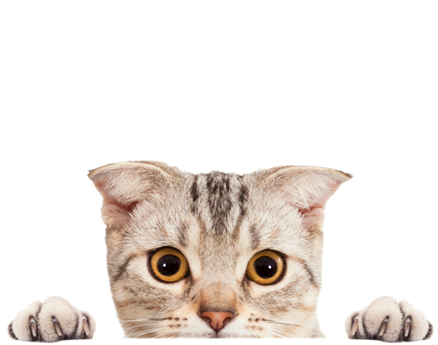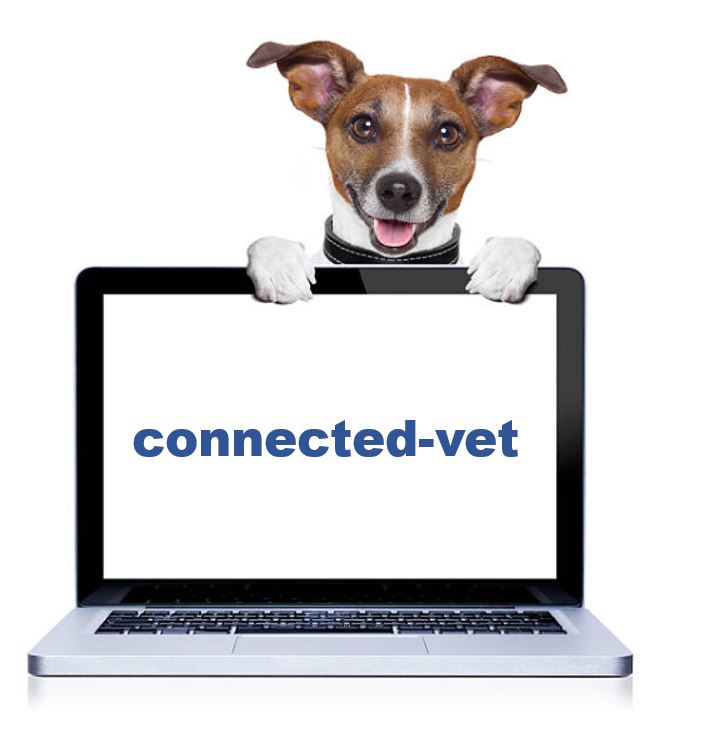CONNECTED-VET :
en savoir + sur les nouvelles technologies
et leur impact sur la santé de nos animaux
VET TECH
Tout ce qui est nouveau dans le suivi vétérinaire des animaux :
nouvelles technologies digitales
nouveaux objets connectés…….
en France , mais aussi à l’étranger !


AerBetic: A Digital Diabetes Dog – CES 2020
Diabetes alert dogs are trained to use their acute sense of smell to alert their owners early of a peak or dip in blood sugar

Depuis Brest, CaptainVet tente le rêve américain
La start-up brestoise propose des rendez-vous en ligne chez le vétérinaire. Elle part à Denver grâce au jumelage avec Brest. « C’est maintenant qu’il faut qu’on

Medincell : Citant l’accessibilité du marché vétérinaire, MedinCell se lance dans la santé animale
La société de biotechnologies montpelliéraine va s’associer à Cornerstone Animal Health pour développer une gamme de produits vétérinaires fondée sur sa technologie de délivrance contrôlée

L’ANSM ouvre une consultation publique sur la cybersécurité des dispositifs médicaux
Le document publié par l’ANSM est issu des travaux de son comité scientifique sur la cybersécurité des logiciels DM, créé fin 2017. Inscrite au programme

NVA clinics purchased by German-owned company
JAB Holding Co. has agreed to buy a majority stake in National Veterinary Associates for an undisclosed price, the companies announced this June in a

Trophée de la e-santé animale à Castres : les lauréats de 2019
Le Trophée de la e-santé animale 2019 a été attribué dans le cadre de la journée consacrée à cette thématique à l’Université d’été de la

Le Trophée de la e-santé animale 2019 attribué au projet PicoxIA
Emilie BOISSADY, Co-fondatrice de PicoxIA a reçu le trophée remis par David LUSSOT, Directeur Engagement Client et Développement chez MSD Santé Animale France. Le Trophée

Penn Vet and Wharton launch entrepreneurship program
A new partnership between the University of Pennsylvania School of Veterinary Medicine and the Wharton School, the university’s business school, launched in May. The Leading

Faecal egg count methods ‘revolutionised’
Traditional microscope-based faecal egg count (FEC) testing methods have been “revolutionised” with the release of a fully auditable, image-based diagnostic platform. The new, upgraded FECPAKG2
